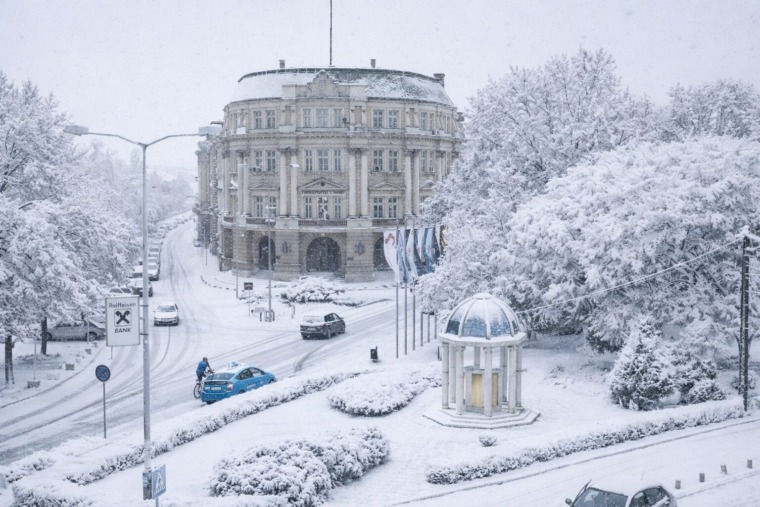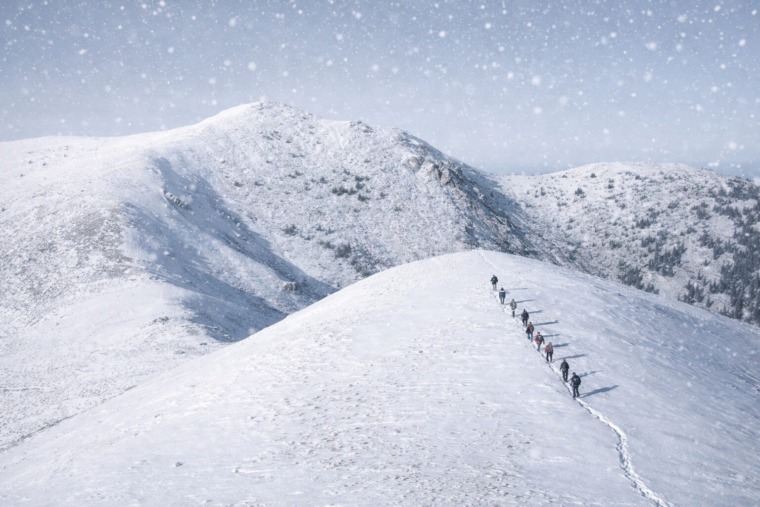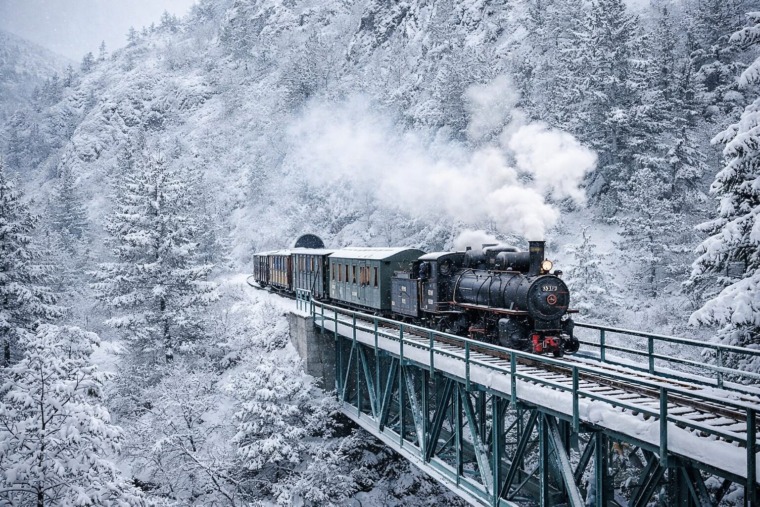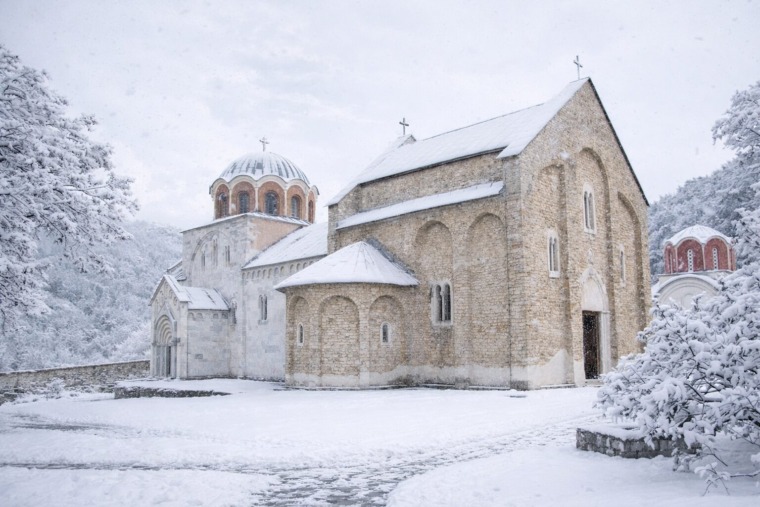
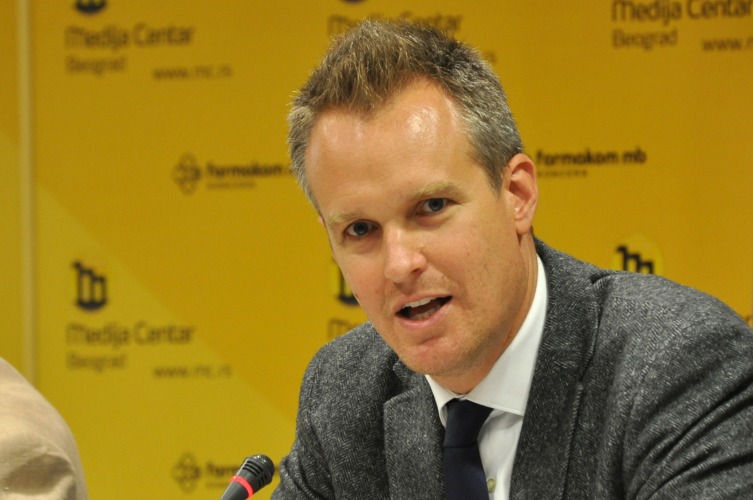
Henri-Giscard Bohnet, the director of the Konrad Adenauer foundation in Belgrade, lives just like any other citizen of the nation’s capital.
He visits Belgrade’s numerous coffee-shops and “splavs” (floating river clubs), enjoys pancakes with “Eurokrem” and “Plazma” biscuits, and for Serbia.com, Henri-Giscard Bohnet reveals why he is fascinated with Yugoslav rock’n’roll.
How does Henri Bohnet feel about living in Serbia and what is your strongest impression of our country?
I’ve been in Belgrade for a year and a half now. After three years of living and working in Skopje, this change did me well because Belgrade is a much bigger city.
Many parts of Serbia are beautiful and its nature is fascinating. Recently I’ve visited the Uvac canyon that was absolutely captivating. Another beautiful part is the river Drina, and glancing at mount Tara is really something worth experiencing.
Do you find people of Serbia hospitable?
Yes, very much. All the nations of the Balkans are very open and communicative, which makes it easy for a foreigner like me to meet new people, despite even the fact that Germans haven’t always done good throughout history.
People here are truly pleasant and friendly. My two-year-old son is already well known by almost the entire neighborhood. When we go for a walk on weekend mornings, our neighbors, people working in local coffee shops, market vendors, always treat him with cakes or fruit and give him something to play with.
Does Henri Bohnet like Serbian cuisine?
Of course! I am very fond of meat and in that I’m similar to most of the Serbian people that are well known for enjoying it. Also, in a restaurant I always order a “šopska” salad, and I like “ćevapi” (a grilled dish of minced meat, a type of kebab) and pies. A must-have sweets for me are pancakes with “Eurokrem” (a kind of chocolate cream) and “Plazma” biscuits.
How do you spend your free time in Belgrade?
I enjoy the Serbian way of life which understands that both official and unofficial meetings often take place in bars, I relax with friends at “splavs” (floating river clubs) listening to some live music.
I often visit two or three coffee shops in my neighborhood, at Vračar. My favorite café is “Priča” (Story), and I like to listen to some YU rock’n’roll in “Maršal” (Marshal).
I like music from this region, especially the band “EKV”, and I’m fascinated by the way music connects all the people living in the Balkans. Whether they are Bosniaks, Macedonians, Serbs or Croats, they all share the Yugolsav Rock classics.
I also spend a lot of my free cycling by the banks of the Danube and the Sava rivers. I even go to work on my bike. If I have the chance, I take the cruise boats on the rivers.
Has Henri Bohnet read a book by some Serbian author?
I’ve read “The Bridge on the Drina” by Ivo Andrić and I highly recommend it.
People in Germany do not know much about Serbia. I find it important to explain them that people here have a Mediterranean character, that they are talkative and easygoing.
I tell them to be prepared for loads of fun because life here starts at six in the afternoon and lasts till late at night, but I also tell them that it is truly a great pity to leave Serbia without having tasted some of the local specialties of Serbian cuisine.
Is there something about Belgrade that reminds you of your city of Hamburg?
Belgrade often reminds me of Hamburg. These two cities are very alike not only by the size of the population, but also by being surrounded by water. Hamburg has a larger port and more ships, but it also has a less pleasant climate, with a lot of of rain, while Belgrade has a lot of sunny days.
What is Henri Bohnet’s favorite part of Belgrade?
Besides Dorćol, I like Vračar, the part of the city where I live. Having the St. Sava Temple so near is something that makes it really special. Besides, I always look forward to going to the Kalenić market where I can buy fresh fruit and vegetables every day. This neighborhood has numerous small cozy cafes, but also old “kafanas” (traditional restaurants) that are a part of Serbian tradition.
I very much like this fusion of Eastern and Western cultures, so characteristic for Serbia, that makes this part of Europe quite unique.
Photo: Media Centar
Related Articles

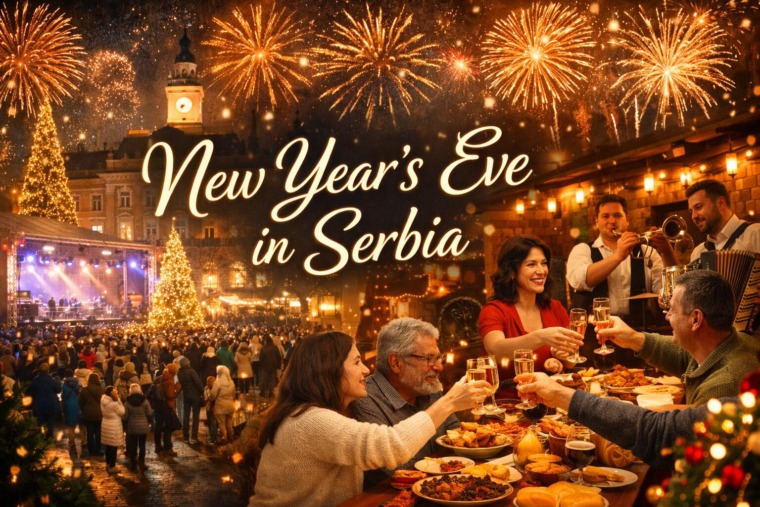
From Fireworks to Family Dinners: New Year’s Eve Across Serbia
December 31, 2025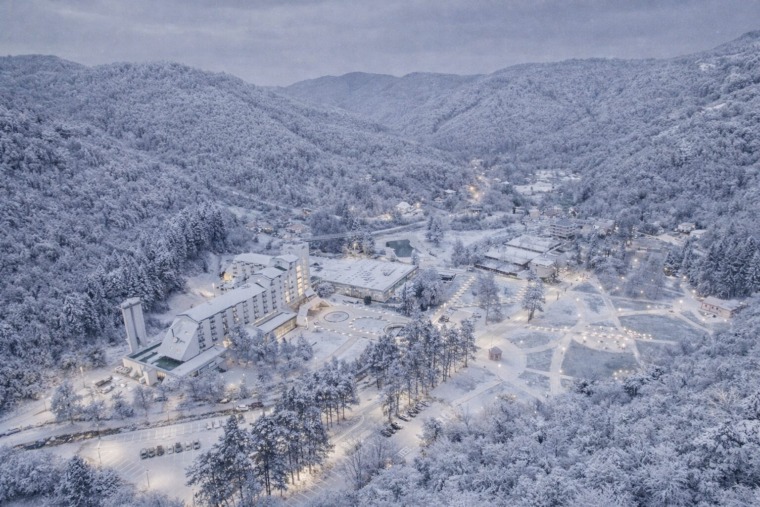
Kuršumlijska Banja: Serbia’s Quiet Winter Spa Escape
December 30, 2025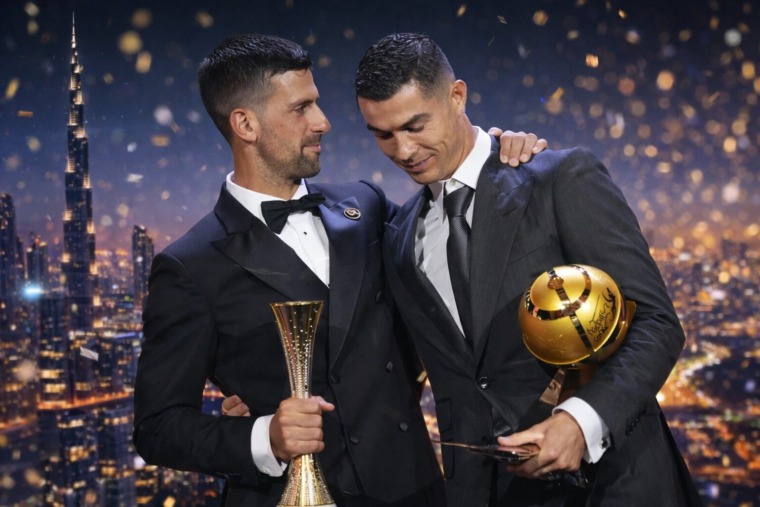
Novak Đokovic Receives Special Globe Soccer Award in Dubai
December 29, 2025

